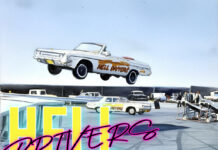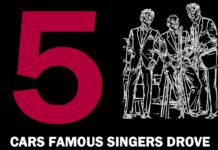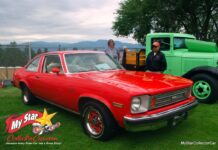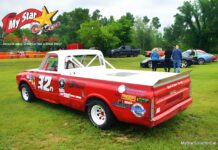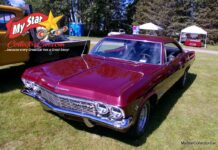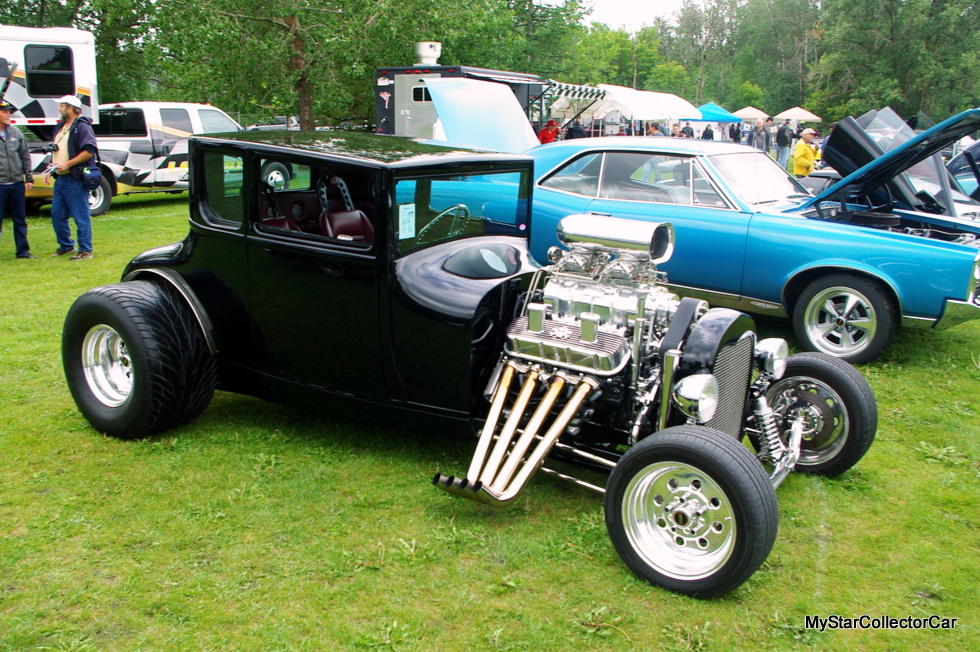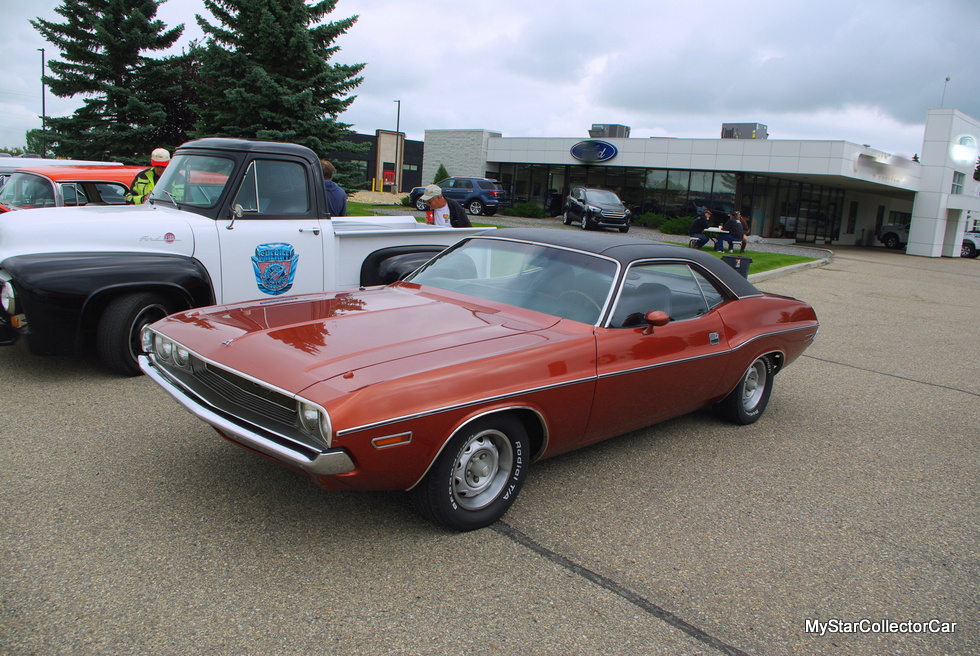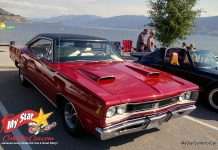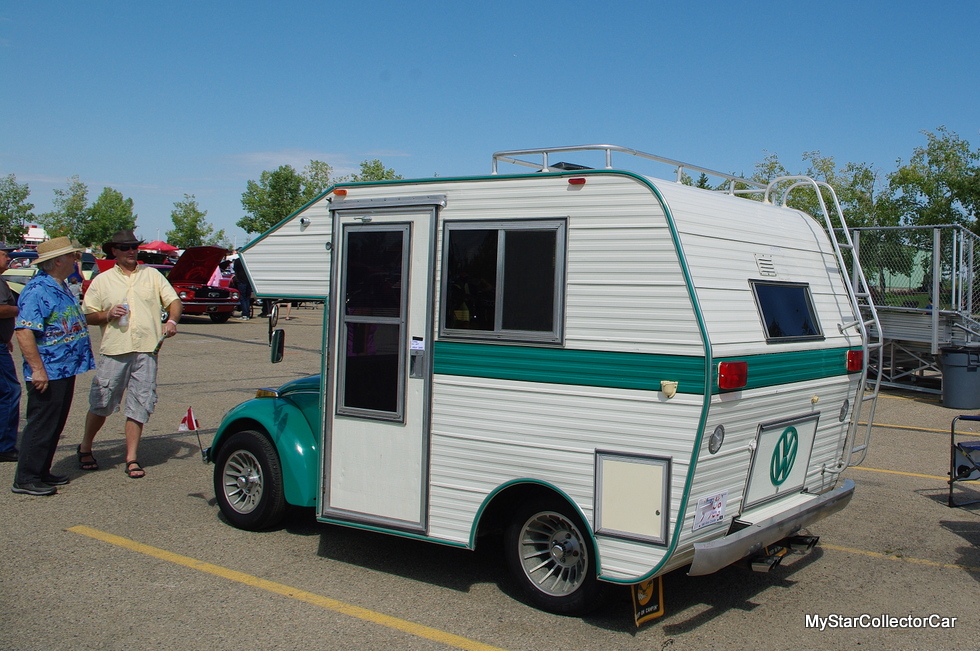I read a copy of the September 1962 ‘Car Craft‘ recently as part of my continuing education on the history of the car hobby.
These old car magazines are pure gold because they represent a snapshot of a specific time and place in car guy history.
This magazine had a feature on the (then) brand new Ramchargers racing team—it was worth every penny for a magazine back in ’62.
Jerry Sutherland
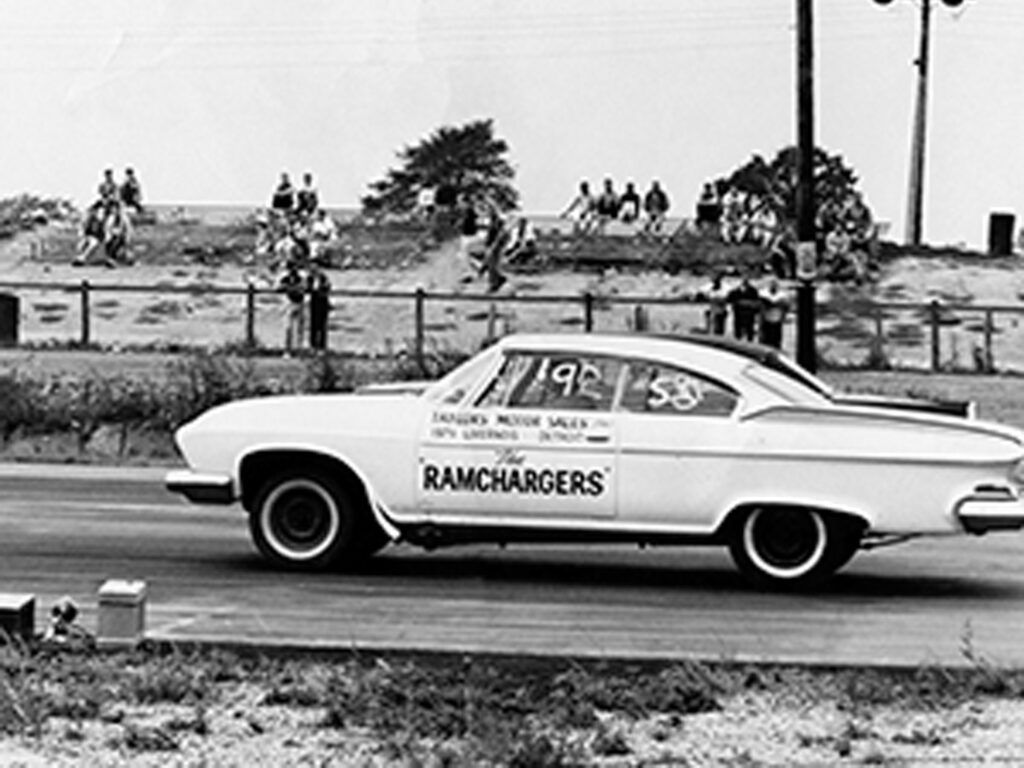
MoPar guys have elevated the ’61 Ramchargers team (Jim Thorton, Tom Hoover, Mike Buckel, Dale Reeker, Dan Mancini, Dick Jones, Maury Liesing and driver El Ekstrand) to god-like status. Everyone on the team was an engineer—except for Ekstrand.
Their engineering backgrounds were a big reason why they took on a low-budget, rusty ’49 Plymouth and turned it into a racing legend. They knew about things like raising the 354 cubic inch hemi to get better weight transfer off the line and tuned exhausts for better breathing.

The High and Mighty ’49 Plymouth C/Altered Coupe set records of 109 mph in 1959 and 111 mph 12.75 in 1960. The Ramchargers team used engineering as a tool to build monster track cars via science. The high chassis look became a standard stance at the track after the High and Mighty Plymouth started thumping competitors on a regular basis.

Car Craft focused on the early stages of the 1961 Ramchargers Dodge campaign. They looked at the car from a purely technical point of view because Car Craft readers were also hardcore track guys.
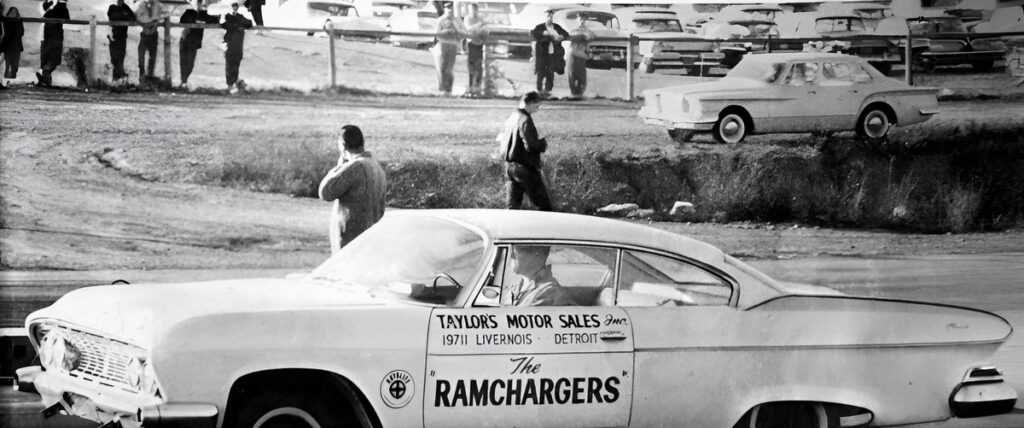
The ’61 Dodge was supplied by Taylor Motor Sales in Detroit. They were a big Chrysler dealer, and they catered to the ¼-mile guys.
The Ramchargers examined everything from an engineering perspective, so they easily dismissed the trendy raised-front end look of the early 60s. They knew the raised front didn’t really prevent nose lifting on the big Dodge–because the rear springs handled the load.
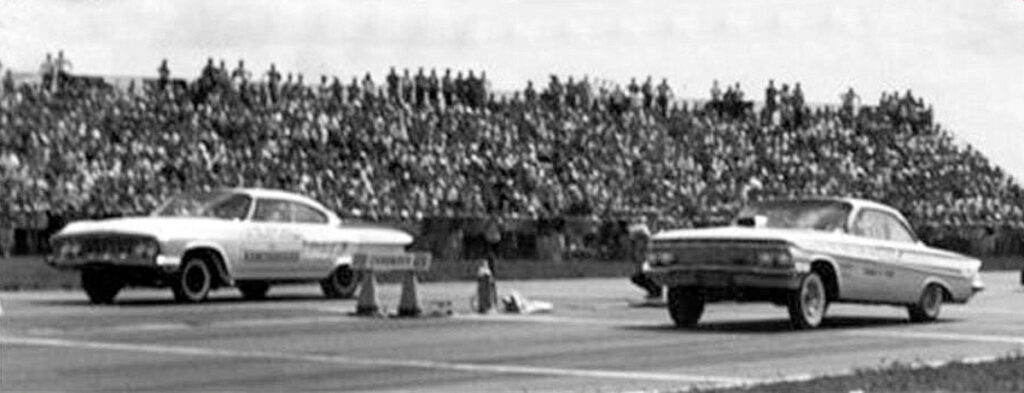
The ’61 Dodge had short front sections on the springs, so wind-up wasn’t an issue on launch. The traction wasn’t as good as SS Fords and Chevys, so Ekstrand hit it easy off the line–then hit it 40-60 feet out.
Car Craft believed the heavy ram manifolds were a problem with weight distribution, so they thought the lighter ’62 Dodge body would help balance traction.
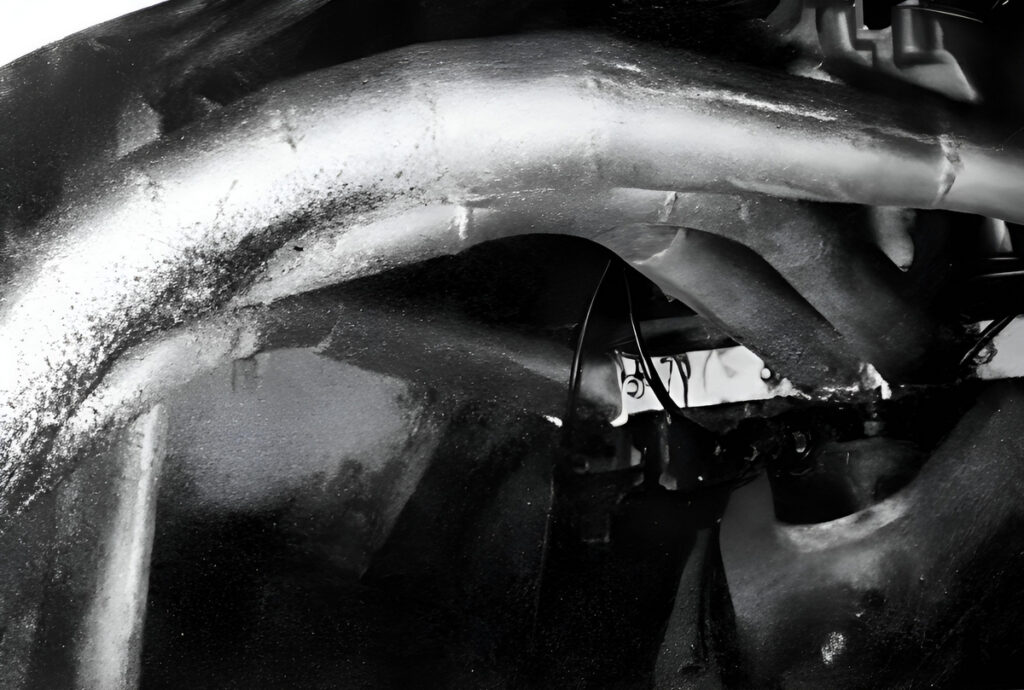
The Ramcharger ’61 Dodge ran with a 4:56 rear gear and the 413 big block was rated at 375 horsepower with two large AFB carbs. They bored it 30 over to take it to 420 cubic inches.
They also raised the compression from a factory 10:1 to 13:75 because Fords and Chevys were running much higher compression at the track. The crew estimated the freer breathing 413 Ramcharger engine was running between 450 and 480 horsepower.

That meant the big Dodge could run a trap speed of 108 miles per hour—well within competitive numbers. Car Craft saw a bright future for the Ramchargers with only one condition—Ford and Chevy ran factory race cars while the Ramchargers dove into speed parts bins to get the Mopes to haul.
Car Craft was worried about restrictions on the Ramchargers, but history told a different story because the 413 and 426 wedge were just around the corner. So was the 426 hemi.
Jerry Sutherland
By: Jerry Sutherland
Jerry Sutherland is a veteran automotive writer with a primary focus on the collector car hobby. His work has been published in many outlets and publications, including the National Post, Calgary Herald, Edmonton Journal, Ottawa Citizen, Montreal Gazette, Saskatoon StarPhoenix, Regina Leader-Post, Vancouver Sun and The Truth About Cars. He is also a regular contributor to Auto Roundup Publications.
- CLICK HERE TO SIGN UP FOR THE NEWSLETTER
- CLICK HERE to Like us on Facebook
- CLICK HERE to Follow us on Twitter
- CLICK HERE to Follow us on Pinterest



